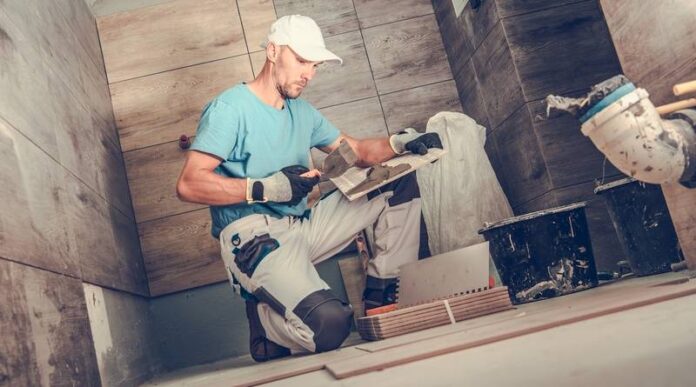Increasing homeownership, especially single-family housing, is expected to drive average annual spending on remodels, according to Joint Center for Housing Studies at Harvard University. Homeowners spend about $3,300 on home improvements annually, Abbe Will, research associate and associate project director of JCHS’s Remodeling Futures Program, said, compared to about $1,200 spent by property owners on a rental unit. Single-family owners spend about $3,600 annually, compared to condo owners’ $1,800.
Related: Remodeling bounces back from pandemic slump
“If 1 million renters became homeowners, we would think that that would add about $2 billion annually to the market on an ongoing basis. If a million owners trade in their downtown condos for larger single-family homes in the suburbs or the exurbs, we would also expect that shift to add about $2 billion annually to the remodeling market over time,” Will said during a webinar on Thursday.
She noted that disaster repairs account for 10% of remodeling spending, and 2020, on top of everything else it threw our way, saw a historic number of disasters that caused over $1 billion of damage.
Kermit Baker, director of the Remodeling Futures Program, added that 2020 saw an increase in projects to make homes more energy efficient and accessible, reduce exposure to toxic building materials, and install home security and automation features.
Related: How indoor air quality helps builders stand out
“Those were all niche markets a few years ago, and I think they’ve become more standardized now,” Baker said.
What might have been an inconvenience before the pandemic was an emergency once entire families were spending most or all of their day at home, according to Fred Stokes, senior vice president of pro sales and services at Lowe’s.
“Before, you may have been turning your faucet on maybe 10 times a day. Now you have more people, additional relatives in the home, you’re going to break the faucet,” he said. “A [broken] toilet is now an emergency repair. Appliances are now emergency repairs.”
Funding remodeling projects
The tendency to use cash to fund home improvement projects has been an obstacle, Baker said, but during the pandemic, homeowners have been more likely to use savings. Baker noted that without spending on other things, like dining out or seeing movies, homeowners have saved an estimated $1.5 trillion to $2 trillion.
“This reliance on cash that has been a huge impediment for the industry, at least in the near term, is going to be less of an impediment” going forward, he added.
What will slow it down, though, is finding labor to complete projects, he said.
With sustained low mortgage rates, more homeowners have been turning to equity loans and refinancing to fund home improvement projects, Stokes added.








